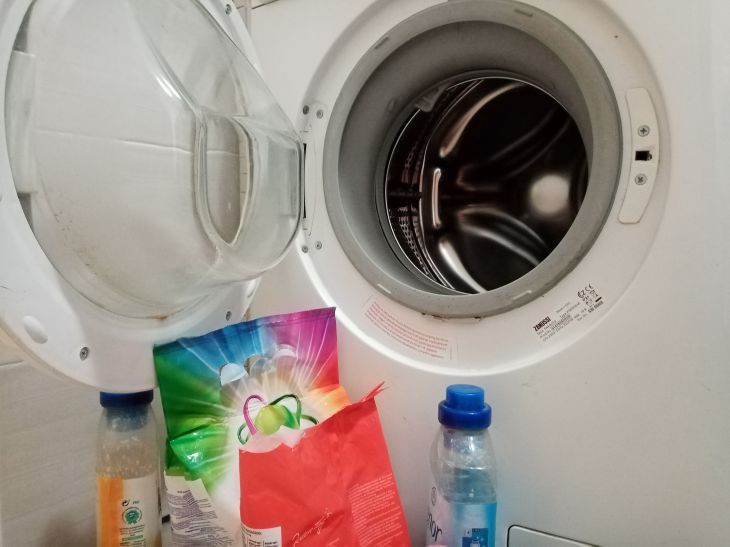Now even cheap powder washes clothes to perfect cleanliness: a trick that will make washing much more effective
Most citizens who deal with washing clothes unequivocally state: not all powders are equally useful.
According to them, the most effective brands are those that cost more.
Is this really true? Is it true that cheap powder does a worse job of performing the tasks assigned to it?
Let's figure it out together. Let's start with the composition of powders that have a strong bleaching effect or preserve colored laundry.
What's special about the composition? It contains ammonium hydroxyl, which in liquid form is nothing more than the well-known ammonia.

The composition of the indicated powders includes its dry variation.
Does this mean that when using a cheap powder, you can add the named drugstore product and get the same effect as from an expensive one with a dry mixture?
This is what practice has shown. Two tablespoons of ammonia were diluted in 10 liters of warm water.
Clean white linen, slightly yellowed by age, was soaked in this mixture.
Soaked for about an hour. When it was taken out, it became much lighter, and the existing stains disappeared.
And if you add the product to the washing machine? Also, dilute it separately in water and partially pour it over the laundry, and then turn it on automatically.
If, say, your unit is designed for 4 kilos of dry laundry, then you need to add 3-4 tablespoons of ammonia.
Important: This method is recommended to be used only for cleaning heavily soiled fabrics or those with old yellow stains.
